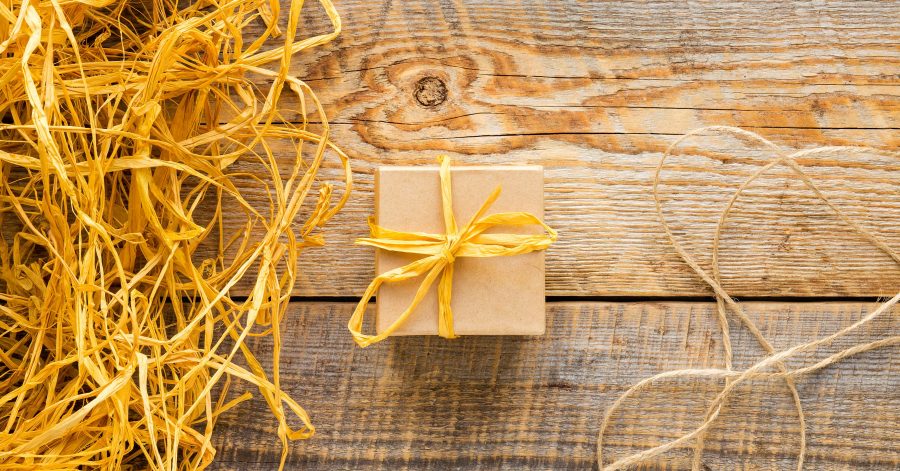
Raffia: characteristics and uses
Raffia, or ràfia, is a coarse plant fibre obtained from palm leaves that grow in tropical Africa and particularly on the island of Madagascar.
This fibre is produced in different qualities named after the regions of origin. In particular, the somewhat twisted-looking Tamatave and Sambava come from the east coast of the island; while the broad-leaved and soft-leaved Majunga, Maintrano and Besalampy come from the west coast of Madagascar.
Natural raffia in the best ‘fleuriste’ quality is usually more than 1.5 metres long.
As an alternative to the natural colour, it can be varnished to obtain bright, vivid and particularly characteristic colours.
It is no coincidence that it is one of the fibres most frequently chosen for all weaving products, from baskets to carpets, but also clutch bags, shoes, belts, centrepieces, hats, placemats, embroidery and much more.
In gardening it finds its greatest use thanks to its main characteristics: raffia is biodegradable and particularly resistant. Much appreciated by florists for creating various kinds of flower arrangements, it is also the best choice for keeping grafts and branches in place as it does not damage or leave marks on plants.
In DIY, the creative applications that can take shape from raffia fibre are endless: from simple decorations for vases, frames and furnishing accessories, to cat scratching posts, garden chairs, sacks or as packaging thread.
Raffia is available in 50g and 150g packages or 1kg bundles.

